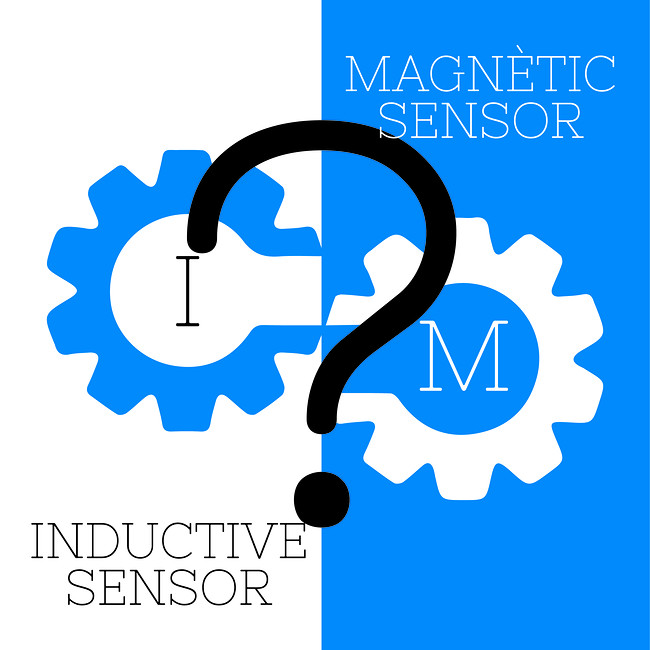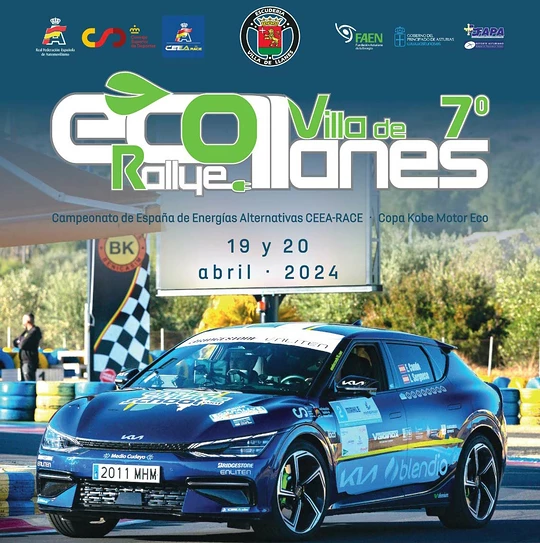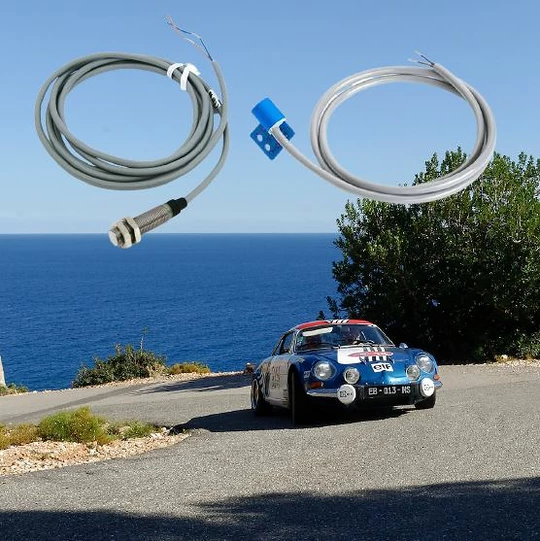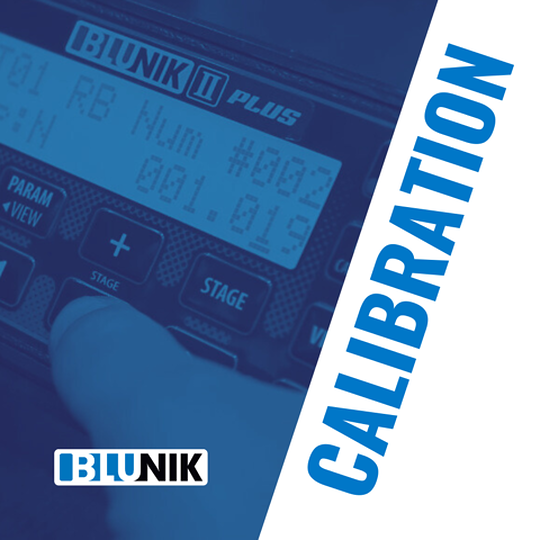There are two types of sensors: magnetic and inductive. Both have pros and cons and the decision to choose one or the other will depend on each car. We will explain how each type works:
The inductive sensors need that mechanically the probe and the reference pass very close always, 2mm of contact distance. This can be a problem in old cars or when you want to dispute sections of ground where all the mechanics of the wheels, direction, etc. are put to the test.
The Blunik magnetic sensors allow that mechanically probe and reference can be more distanced between them, 10mm of contact distance and therefore make assembly easier. On the other hand, the reference to install has to be a magnet and this can be an advantage to make easy the placement on the rim as a disadvantage, since it can hinder the installation in other cars.
Blunik Magnetic sensors are specifically designed and manufactured for mounting on rally cars. They have a flat support with 2 holes that allow many options for mechanics to put them in different places in your car.
Inductive sensors are industrial probes designed for industrial machinery applications. They are threaded and loose.
In reference to the temperature that can hold, both types of probes hold a maximum temperature of about 110 ° C, so you must choose the coldest place you can as the brake discs can lead to barbaric temperatures as 400 ° C.
(Note: there are no high temperature probes, it is a myth. Before falling into the trap, look at the technical document that says what temperature they endure)
We hope we have helped you in choosing the best probes for your classic car. Any questions you can always ask us by e-mail to info@blunik.com
Good luck on your next rally!




